
Meiotic cell division (Meiosis), its stages and significance
What is meiosis? The term meiosis is derived from the Greek word ‘meioum’ which means to reduce. It is a special kind of cell division, […]

What is meiosis? The term meiosis is derived from the Greek word ‘meioum’ which means to reduce. It is a special kind of cell division, […]

What is cell division? Life of multicellular organisms starts from a single cell known as a zygote. An adult plant or animal contains millions of […]

What is nitrogen fixation? The phenomenon of conversion of free nitrogen into nitrogenous salts to make it available for absorption by plants is called nitrogen […]
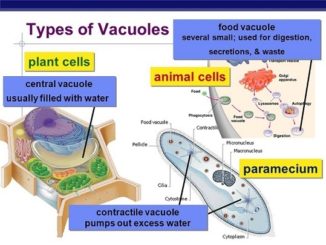
Vacuoles are membrane bound cell organelles found almost in all the cells. They are small in animal cells whereas fungi and plants have large vacuoles. […]

S.N. Mitochondria Chloroplasts 1. They are smaller in size (1-4 µm). They are bigger in size (4-10 µm). 2. They occur in practically all eukaryotic […]
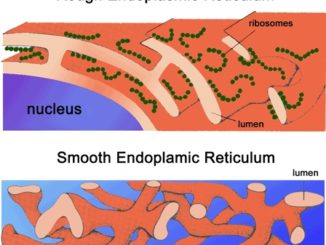
S.N. RER (Rough ER) SER (Smooth ER) 1. It is composed mainly of cisternae. It is composed mainly of tubules and vesicles. 2. It bears […]

S.N. Characteristics 70S Ribosomes 80S Ribosomes 1. Occurrence They occur in prokaryotic cells and in the mitochondria and plastids of eukaryotic cells. They occur only […]
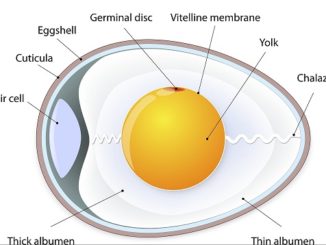
Egg cell or ovum, also known as female gamete is formed by the process of oogenesis in female organisms. They are produced by follicle cells […]
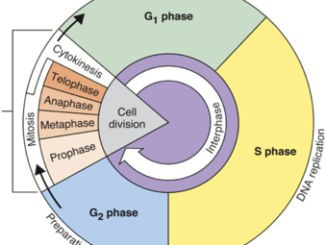
Life starts as a single cell called zygote or fertilized egg in all multicellular organisms. Living organisms grow by addition of new cells that arise […]
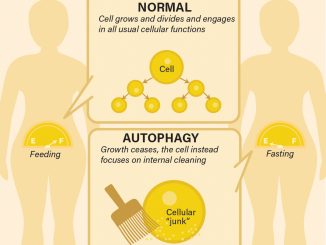
The word ‘autophagy’ is derived from the Greek words “auto” (meaning self) and “phagy” (meaning eating). In a healthy human body, cells are constantly […]
Copyright © 2025 | WordPress Theme by MH Themes